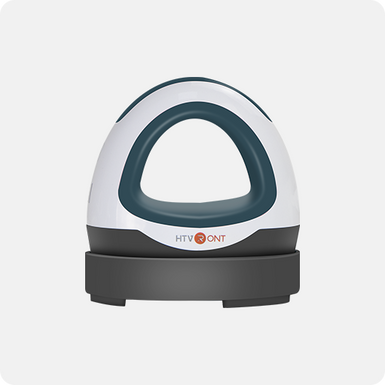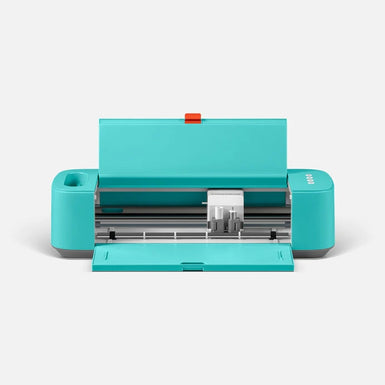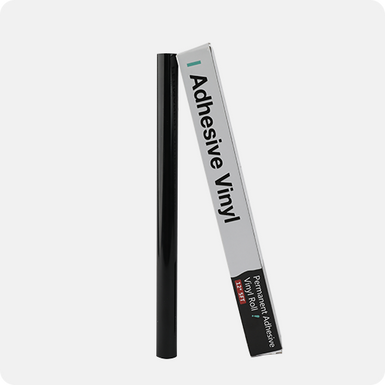With revolutionary heat transfer technology, your designs seamlessly imprint onto fabric through a heat press or hand iron. This innovation ensures that your printed masterpiece retains its colors and intricacies. Set at optimal temperatures of 350 to 375 degrees Fahrenheit and tailored pressure, this medium enables stunning, lasting results, making heat transfer papers an essential tool for personalized fashion and artistic expression.
Let’s turn imagination into reality with the best heat transfer paper for inkjet printers in 2023 in the following parts.
Part 1: What Makes the Best heat transfer paper for inkjet printers
Part 2: Best Dark Heat Transfer Paper for Inkjet Printers
Part 3: Best Light Heat Transfer Paper for Inkjet Printers
Part 4: What’s the major difference between dark and light heat transfer paper
Part5: Summary and FAQs
Part 1: What Makes the Best heat transfer paper for inkjet printers
Learn about the best heat transfer paper for inkjet printers and other important information on elevating your creative expressions.
What’s Iron-On Transfer Paper
Iron-On Transfer Paper is frequently used to transfer images, text, or a combination of both, onto garments, earning it the nickname "T-shirt paper" in the process. However, the paper's uses are not restricted to T-shirts; they include aprons, cotton bags, pillowcases, tablecloths, and even hard surfaces like wood.
Transferable iron-on A plain piece of paper with a layer of glue is called paper and is used as a T-shirt embellishment. The paper's base can be shiny, matte, or translucent. This layer makes it possible to draw your design on paper and then iron it into the fabric. These transfers are excellent if you want to create your t-shirt or customize another piece of clothing with your original artwork. There are lots of colors of transfer paper printing, some of which are translucent, so cut them out. Depending on the style of look you want, they also come in matte or glossy finishes.
What is the difference Between Heat and Iron-On Transfer Papers?
Heat Transfer Paper and Iron-On Transfer Paper are sometimes used interchangeably, but they refer to slightly different concepts in textile printing and customization.
In essence, all iron-on transfer papers are a form of heat transfer paper, but not all heat transfer papers are iron-on transfer papers. The distinction lies in the intended use and application method. Iron-on transfer papers are generally simpler to use and suitable for DIY home projects. On the other hand, other heat transfer papers, like sublimation papers, might require specialized equipment, such as a heat press. Plus, they are common in professional printing applications.
It's important to note that the terminology can sometimes vary, and the distinction might not always be rigid. Some people might refer to any paper used for heat transfer as "iron-on transfer paper," even if designed for use with a heat press. Understanding the specific properties and instructions of your paper is crucial for the desired results in your heat transfer projects.
What’s The Difference Between An Inkjet And A Laser Printer To Heat Transfer Paper?
Selecting the ideal printer for your heat transfer paper tasks hinges on distinguishing between inkjet and laser models. Inkjet printers stand out for their cost-effectiveness and color versatility, suitable for intricate designs like photographs. However, they lack self-weeding ability, demanding manual trimming around designs before transfer. Operating with liquid ink cartridges, they bond designs to fabric using heat.
Inkjet printers, budget-friendly and versatile, beckon beginners. Their ability to render intricate designs with a full-color spectrum suits image-rich projects. However, they lack self-weeding prowess, demanding careful cutting before heat transfer. Employing liquid ink cartridges, they apply ink to the transfer paper.
Laser printers, albeit pricier, stand as efficient contenders. Their self-weeding capability ensures seamless design integration onto fabric, ideal for intricate or elaborate prints. These printers employ toner cartridges filled with powdered toner, offering durability and efficiency. Moreover, laser printers suit various materials, expanding customization horizons.
Part 2: Best Dark Heat Transfer Paper for Inkjet Printers
Use the best dark heat transfer paper listed below to get the best result on your design.
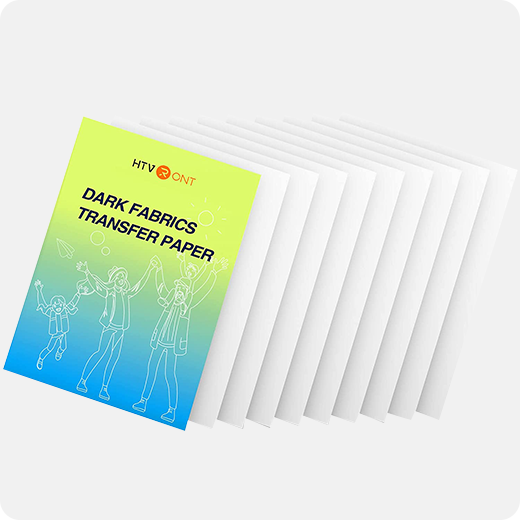
HTVRONT presents an exceptional solution for inkjet printers with its dark heat transfer paper. Achieve unparalleled vibrancy and softness in your designs, backed by impressive durability that endures up to 30 washes. It is suitable for dark cotton and nylon fabrics and ensures vivid and lasting results. Compatible with Silhouette and Cricut machines, it simplifies your creative process.
Pros
- Easy to cut and peel
- Vibrant color and soft
- No paper jam
- Durability
- No mirror printing needed
- Wide compatibility
Cons
- Not for sublimation ink
- Specific fabric range
- Specialized application process

NuFun's Dark Heat Transfer Paper empowers your creativity. Design, print, and easily transform garments, accessories, and more. Patented technology guarantees superior quality and durability after countless washes. Compatible with standard inkjet and laser printers, cutters, and heat press machines. Each 11x17-inch sheet offers ample space for larger designs. Ideal for rainy days, events, and business promotions.
Pros
- Transfer quality and durability
- Easy to use
- Versatile compatibility:
- Accommodates large design
- Wide range of applications
Cons
- Not suitable for amateur
- Fabric compatibility:
- Requires precise cutting
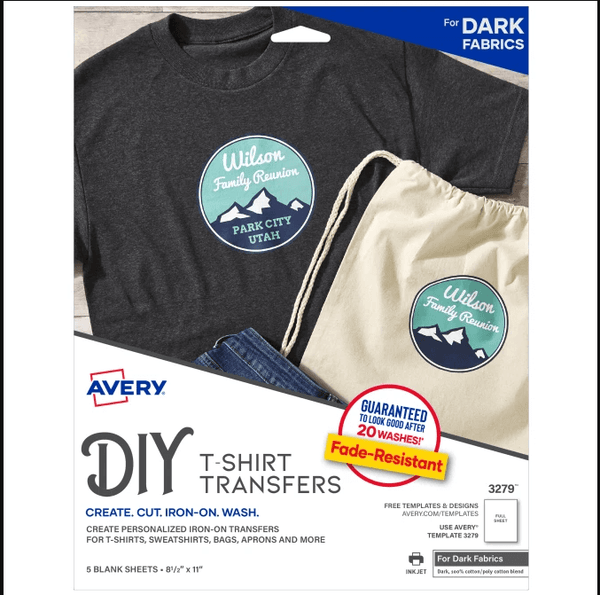
Elevate your customization game with Avery Fabric Transfers for Dark Fabrics. These 8-1/2" x 11" printable iron-on transfer sheets are perfect for personalizing garments and accessories. Designed for dark cotton or cotton blend fabrics, they boast a fade-resistant Color Shield™ formula, ensuring long-lasting, machine-washable image quality. Compatible with all inkjet printers, they're easy to cut and can work with a standard iron or professional heat press.
Pros
- Vivid Durability:
- Fade-resistant
- Versatile customization
- User-Friendly
- Diverse application
Cons
- Limited to dark fabrics
- Image cutting
- Precision needed
- Works best on 100% cotton fabric
Part 3: Best Light Heat Transfer Paper for Inkjet Printers
Here are the top light heat transfer papers to look out for to give you a good result when printing your customized artwork on fabrics.

TransOurDream Transfer Paper connects seamlessly with fabrics, exhibiting remarkable wash durability and color retention after 30 cycles. Ideal for all inkjet printers, it's user-friendly even for kids. Application spans garments, totes, masks, and more, offering personalized DIY gifts for occasions.
Pros:
- Excellent adhesion and wash durability
- Kid-friendly and easy to use
- Compatible with various inkjet printers, irons, and heat presses
- Versatile application for a range of fabric items
Cons:
- Limited to white or light-colored 100% cotton fabrics
- Requires scissors for cutting
- Not suitable for dark-colored fabrics
- It may not be ideal for extremely detailed or intricate designs
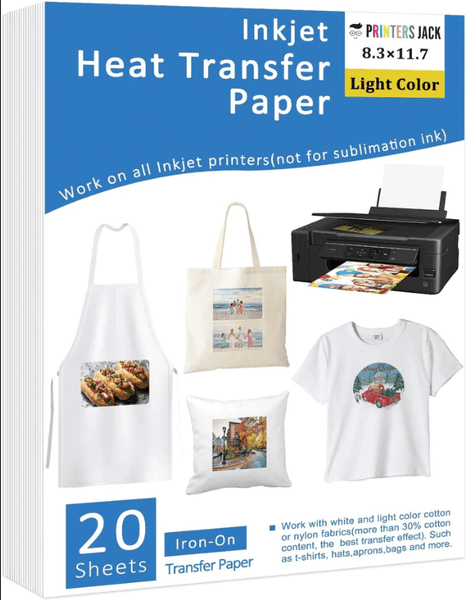
With Printers Jack Light Heat Transfer Paper for Inkjet Printers with 20 sheets of high-quality, 8.3" x 11.7" durable paper, perfect for absorbing ink and enduring washer and dryer cycles. Enjoy this user-friendly paper compatible with various inkjet printers and lets you customize shirts, bags, and more, making unique gifts for special occasions.
Pros:
- Durable & stretchable material
- Suitable with different fabric
- Compatible with inkjet printers
- Ideal for creating personalized gifts
Cons:
- Requires compatible printers and pigment ink
- Some experience needed for optimal transfer
- Dark color patterns may not show well on light fabrics
- Not recommended for fabrics with less than 60% cotton content
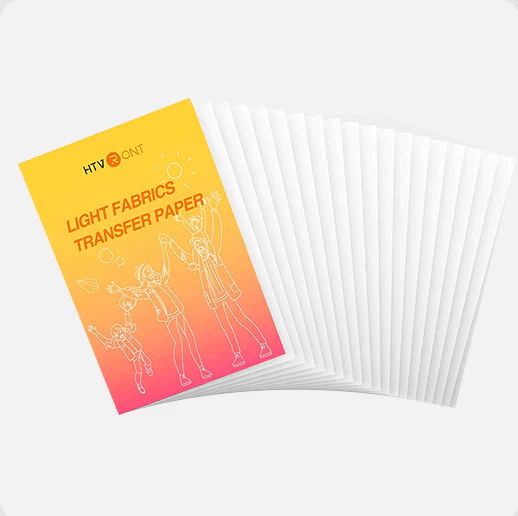
HTVRONT presents a superior choice in heat transfer paper with exceptional transfer efficiency. Achieve vivid, sharp results effortlessly. Our printable heat transfer vinyl boasts enhanced thickness for easy printing, eliminating paper jams and mishaps in your printer. This iron-on transfer paper offers hassle-free printing and application. It supports intricate designs, including text. Enjoy lasting wash durability without cracking or fading. HTVRONT's printable HTV vinyl is child-safe.
Pros:
- Excellent transfer efficiency
- Thicker and sturdier vinyl ensures smooth printing
- Beginner-friendly
- Wash durability without cracking, fading, or peeling
Cons:
- Thicker paper may require adjustments in printer settings
- May require more intricate cutting
- Limited to inkjet printers only
- Slightly higher cost
Part 4: What’s the major difference between dark and light heat transfer paper
Dark heat transfer paper is designed specifically for dark or black-colored fabrics. These papers have a unique formula that allows them to adhere well to dark backgrounds, preventing the fabric's color from showing through the transferred image. They often come with a white base layer that acts as a background for the printed design, ensuring that the colors remain vibrant and true on dark fabrics.
On the other hand, light heat transfer paper is for light-colored fabrics, such as white or pastel shades. These papers do not typically have a white base layer, as the light background of the fabric doesn't interfere with the colors of the transferred image. They seamlessly integrate the design onto the fabric without altering the colors significantly.
In short, the major difference between dark and light heat transfer paper is its suitability for fabric colors. Dark heat transfer paper accommodates darker fabrics by providing a white base layer to maintain color vibrancy. In contrast, light heat transfer paper is for light-colored fabrics without a white base layer.
Thus, choosing the right type of heat transfer paper based on the fabric color is vital to achieving the best results in your projects.
Part 5: Summary and FAQs
Now, you can explore the finest heat transfer papers for inkjet printers in 2023, transforming creative visions into fabric reality. These papers boast impressive transfer efficiency, offering stunning and lasting results for various projects. If you are a beginner or a seasoned creator, these user-friendly options cater to your unique needs.
FAQs:
Q1: What's the difference between dark and light heat transfer paper?
A: Dark heat transfer paper is for dark fabrics, featuring a white base layer to maintain color vibrancy. Light heat transfer paper suits light-colored fabrics and don't require a white base layer, integrating designs without altering colors.
Q2: Can I use dark heat transfer paper on light fabrics?
A: It's better to use dark heat transfer paper exclusively on dark fabrics to ensure optimal results. Using it on light fabrics might produce a white background that could affect the final appearance.
Q3: Are these heat transfer papers compatible with all inkjet printers?
A: Each heat transfer paper specifies its compatibility range. While most are suitable for standard inkjet printers, ensure your printer meets the paper's requirements. It is a good practice for optimal printing and transfer outcomes.
Q4: Can I use a household iron to do the iron?
A: Yes, you can. Make sure you're using a dry iron with stem off. Power it to the max temperature setting(around 1500W) and iron evenly for 2-3 minutes.










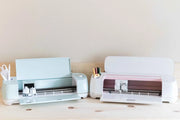


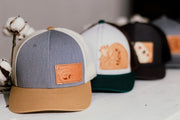
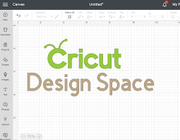
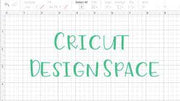
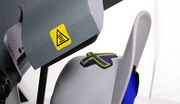

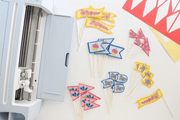
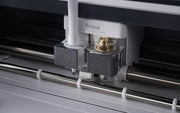
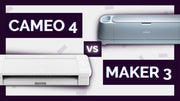
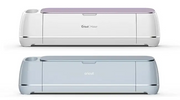

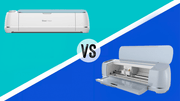
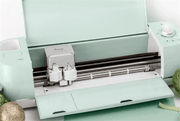
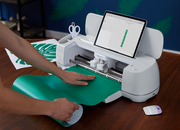
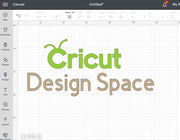

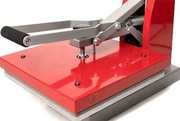





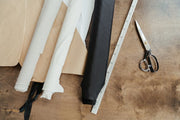


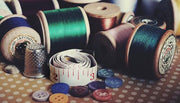
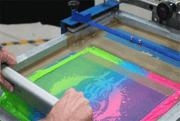



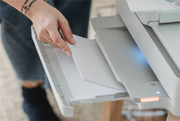
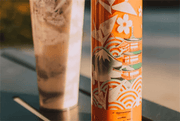
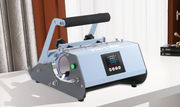
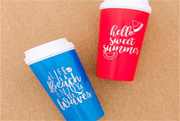
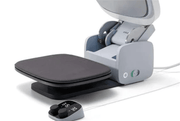
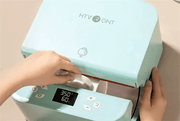
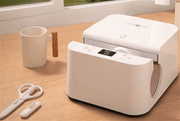

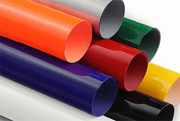


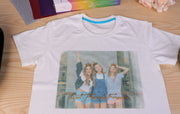
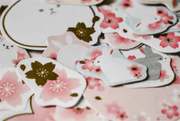



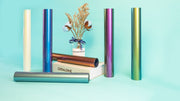
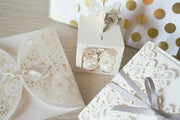
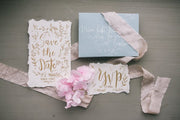





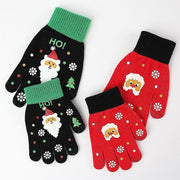
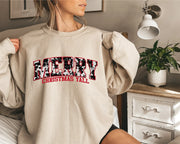
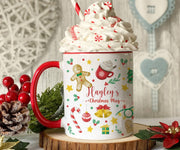

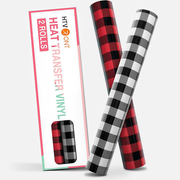

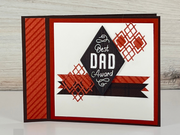
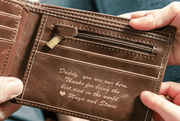
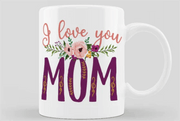
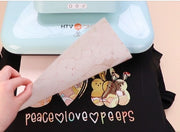
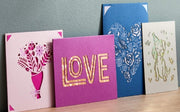
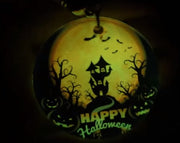

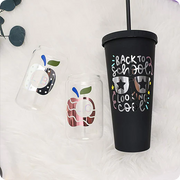
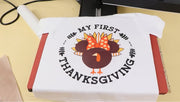


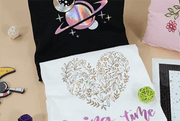
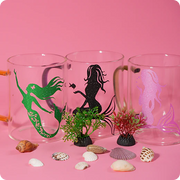


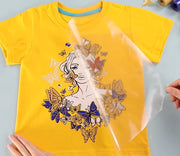
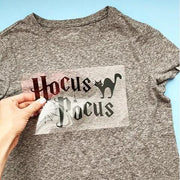
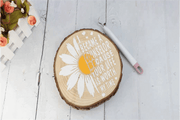



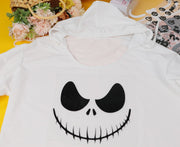
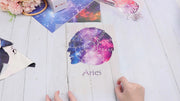

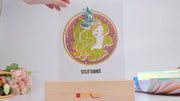

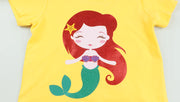
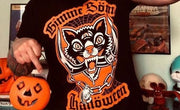
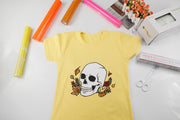
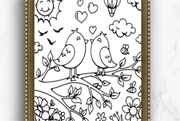
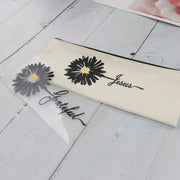
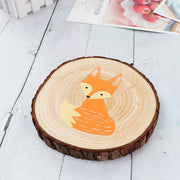
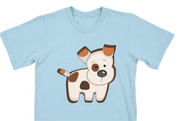

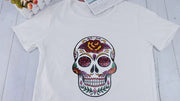









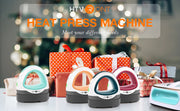

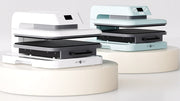
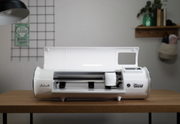

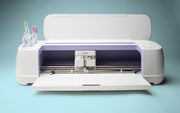
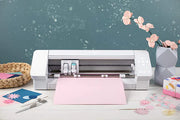
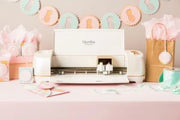
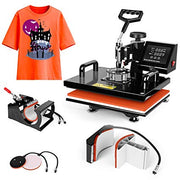

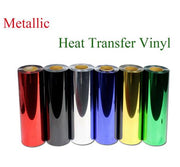
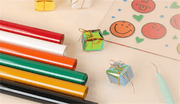
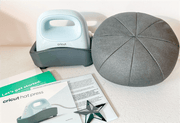
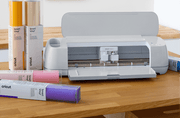

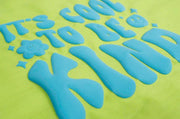
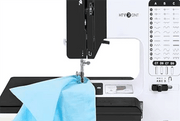
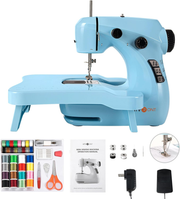

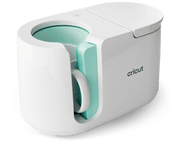
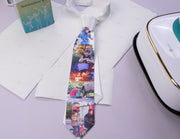




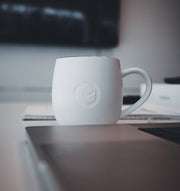



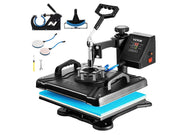
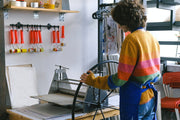

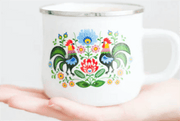





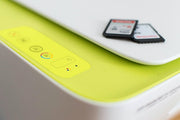


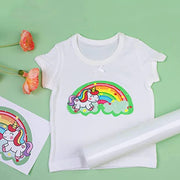
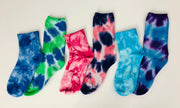
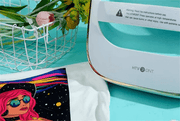

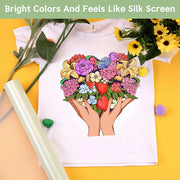



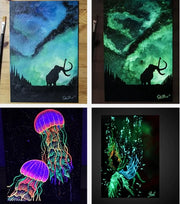
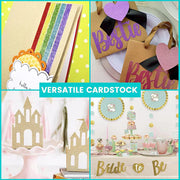
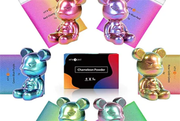





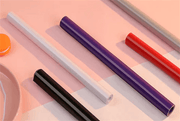
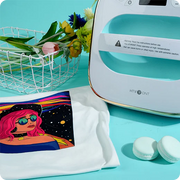
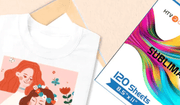
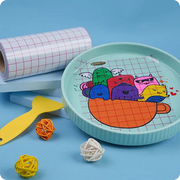
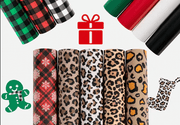





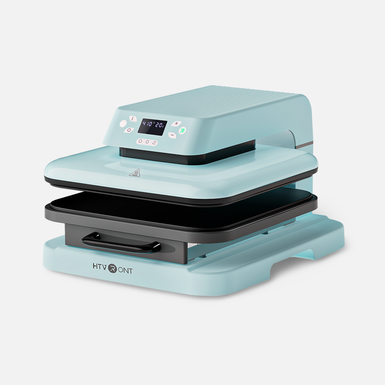
![[Starter Kit] Auto Heat Press Machine 15" x 15" 110V + Starter Kit Bundle](http://www.htvront.com/cdn/shop/files/20240425-170634_385x.jpg?v=1714036345)
![[Premium Bundle] Auto Heat Press Machine 15" x 15" 110V + 20 rolls HTV Bundle 12“x3ft + Mini 2 Heat Press Machine + Random Sublimation & HTV Bundle ≥ $180](http://www.htvront.com/cdn/shop/files/1UK_4_22c12b1b-12dd-4105-ac25-93e2faae6a8c_385x.jpg?v=1713863580)
